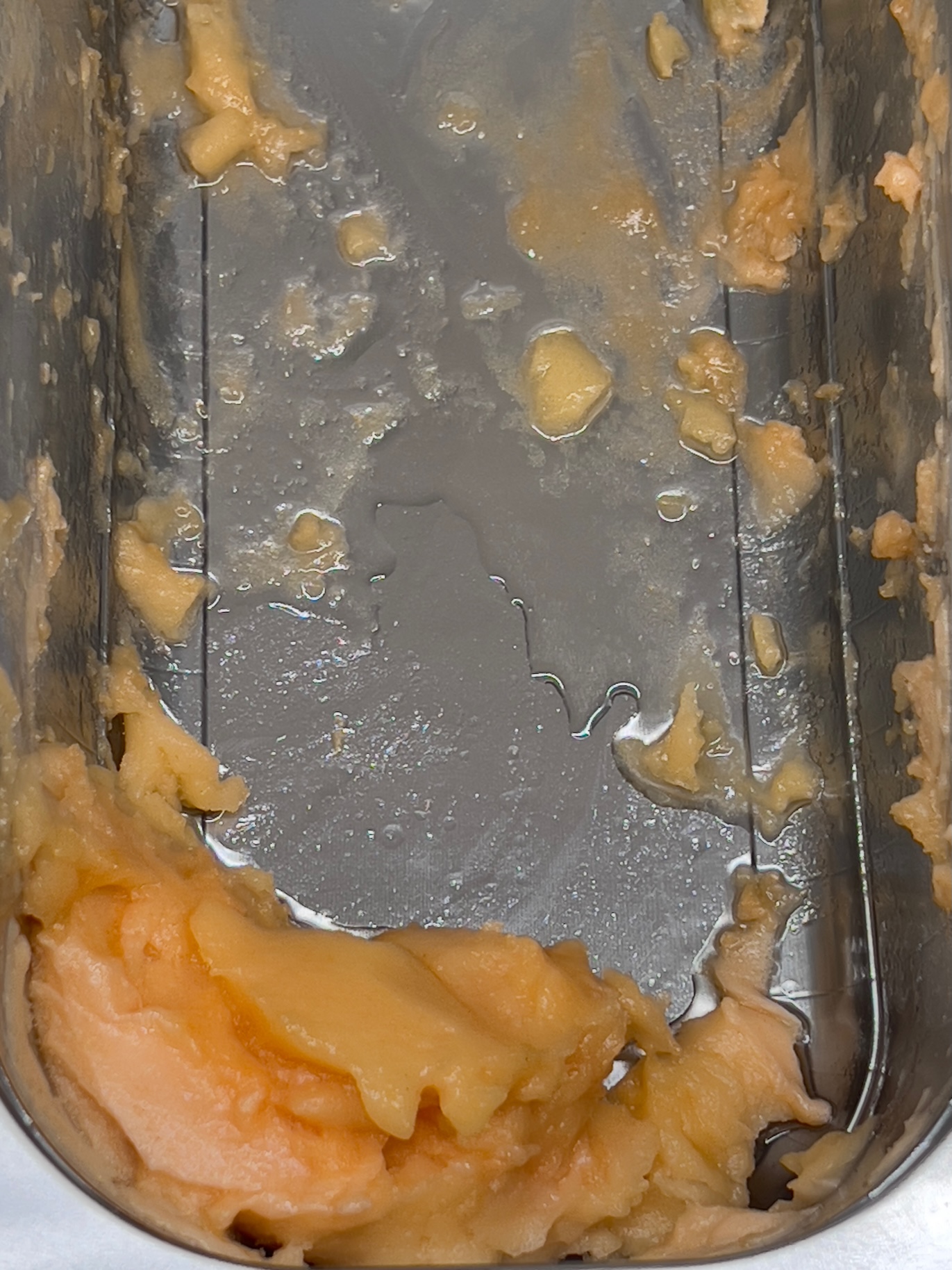Eat Puglia | Bad Gelato
“Due to the continuous and exponential increase in the cost of raw materials, we’ve been forced to increase prices.”
So reads a sign outside one gelateria.

As inflation bites affecting the price of staples such as spaghetti and coffee, perhaps the most concerning for tourists is that gelato will now cost between 2.5 - 3€, up by 0,50c from just a few months ago.
When it comes to ice cream, Italy is Europe’s top producer.
It is estimated that pre-pandemic, Italian ice cream makers whipped up 595 million litres (157 million gallons) of gelato, some 19 percent of total EU production, according to official statistics. That would work out to about 6.8 billion scoops of ice cream.
Travellers say they know the difference. “Italian ice cream is creamier and has more flavour than in France,” commented one French tourist.

But beware. Not all gelato is made equal.
Many gelaterias sell the industrialised version; made with vegetable fats for longer life, artificial flavourings and colourings and harder than the real deal. Look out for bright and garish colours. If it looks unnatural, then it probably is. Fluorescent orange mango or luminous green pistachio is probably from a packet.
Below is a selection of artigianale gelato. Note the duller, natural colours: pistacchio, lemon, melon and raspberry.




Another tip is to look at the volume of the gelato presented. If it has more puff than Joan Collins’ Dynasty days shoulder pads, then it’s likely the bad stuff. Artigianale gelato is flatter and less fluffy, like those shown above.
Real gelato flavours are seasonal. On a recent trip to Matera’s I Vizi degli Angeli Laboratorio di Gelateria Artigianale when we asked if their exceptional lavender flavour was available, the server laughed and explained that it wasn’t yet summer.
It may have been 7th June and 34 °C, but we were at least 2 weeks too early for their summer flavours!
We had one of their Aperol Spritz ice lollies instead.

“Che cazzo! But it’s only 7 June, not summer! Take an Aperol Spritz ice lolly instead”. Real gelato will usually be stored and served in metal containers like this, or the ones above. Plastic containers are more likely to be the industrial version.
Real gelato is less fattening than its industrialised counterpart. Cream flavours have a base made of egg yolks, milk or cream and sugar. Fruit flavours are made from water (or milk), sugar and fresh fruit.
Served in tubs (“coppetta”) or cones (“cono”), you will usually get one, two or three scoops depending on size. The heat usually defeats us and the gelato melts quicker than we can consume it in the heat, hence our preference for the tub. Either way, as if it gelato wasn’t indulgent enough, you will usually be asked if you want some whipped cream (“panna”) on top.
Well, would you enjoy your pasta so much without a generous grating of Parmigiano Reggiano on top?

More | our curated guide to Puglia’s best restaurants and eating experiences | Masseria Moroseta review - expensive but exceptional dining | Grottaglie’s La Luna nel Pozzo - could this be one of Puglia’s best restaurants? | Puglia - where to base yourself on vacation | the definitive gay guide to Puglia 2022.









Fascinating post, the seasonality seems a great way of weeding out the factory gelato.
Grazie. Certainly a good indicator to artigianale gelato, as also the color for sure. Happy eating!
Thanks for all the helpful info about distinguishing between factory gelato and the real thing. They look sooooo good – I’m now feeling very hungry!
I had read beforehand about the differences and then had a hotel host explain it to us. The natural gelato is definitely way better. In Rome, we were forced to have artificial because it was hard to find places that didn’t serve artificial (at least where we were)!
This post has made me hungry!! I love the idea of lavender ice cream but I’d be happy with an Aperol Spritz ice lolly instead!
The lavender ice cream was amazing when we had it on our last visit, so we were disappointed to miss it by just under 2 weeks!
Pingback: Slow Travel | The Puglia Way of Life - the Puglia Guys